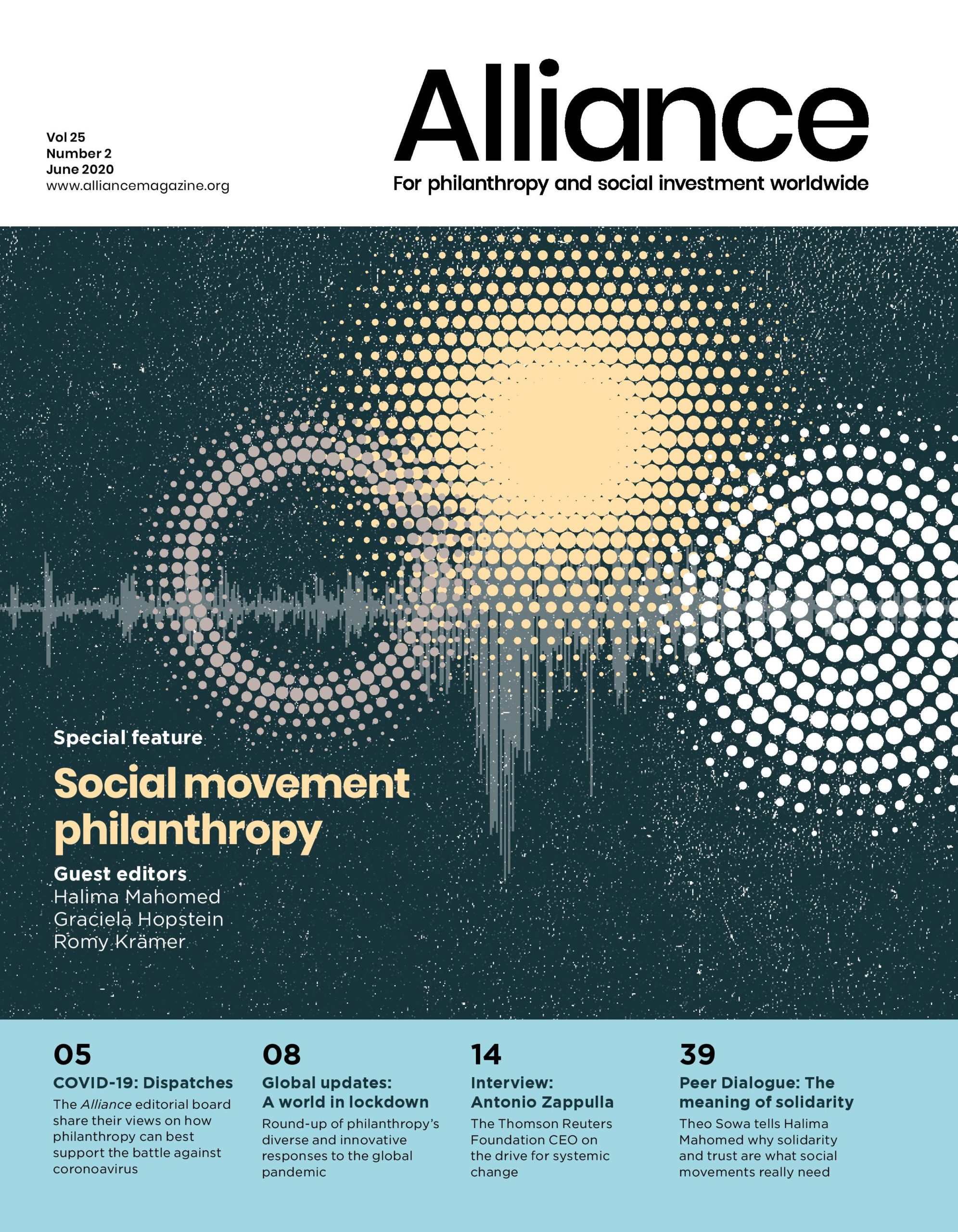Reviewed by Deborah Doane, Partner at Rights CoLab.
 Something about the SDG targets doesn’t sit right with me, and now I know why thanks to David Boyle’s aptly named and compelling book, Tickbox, which unpacks how we have become so enamoured with box-ticking style measurement, that we’ve lost sight of the bigger picture
Something about the SDG targets doesn’t sit right with me, and now I know why thanks to David Boyle’s aptly named and compelling book, Tickbox, which unpacks how we have become so enamoured with box-ticking style measurement, that we’ve lost sight of the bigger picture
The SDGs have 17 goals, 169 targets and 231 indicators. There are bureaucracies absorbing chunks of funding, dedicated to measurement. Sometimes it feels as if measuring the SDGs is more important than the goals. The indicators themselves are technocratic and arguably biased towards a Western model of development.
The author explains how the tickbox approach of the Taylor school of management and later the McKinsey culture came to dominate our public discourse, through ‘expert’ led development resulting in ‘Tyranny by KPI’. One of the saddest stories in the book is the plight of refugees in the UK who have been victims of the government’s hostile approach, the management of which is entirely down to an assembly line, tickbox mentality: don’t have the paperwork? You’re out.
The book has huge resonance for philanthropy. Almost 25 years ago, I wrote my first logframe for a funding application. Rather than being an opportunity to clarify my work, it taught me the art of obfuscation: making things sound simple that were actually impossible to measure. This is what Boyle aptly describes as the grey area: ‘most of life, especially human life, is not actually black or white, tickable or not tickable… there are acres of grey space in between which we navigate using language.’
Anyone who has worked in advocacy or human rights knows that there are some things you just can’t measure. Working with Fairtrade India a few years ago, the biggest success was the farmers who told me how they felt Fairtrade brought more control over their lives. It was palpable, but the traditional measures – crop yields, volumes of sales, even income – couldn’t tell the real story of their experience.
The book should serve as a warning to philanthropy. Applications and monitoring and evaluation models of progressive philanthropy nearly always require an outcome, output or other tickbox-based approach. But how can we possibly measure the richness that is civil society through a series of tickboxes? Like my experience with farmers, how can we measure girls’ empowerment and voice and their experience of power?
If I have one criticism of the book, it would be in Boyle’s obligatory ‘what to do’ list. These tell you what you can do as a consumer and a citizen, but miss out on what institutions themselves can do.
As I write this piece during the coronavirus lockdown, it’s clear that we are in even more danger of being led by algorithms and tickboxes. In the UK, the online helpline for the virus does little to respond to its complexities and the emotional challenges it brings to daily life, let alone the subtleties of the actual symptoms. The grey areas will be needed now more than ever.
*Full disclosure: the author of this book is known to the reviewer who has nevertheless endeavoured to give a fair and objective assessment of the book’s implications for the global philanthropy sector.
About the book:
Published by: Little, Brown Book Group
Price: £13.99
ISBN-13: 9781408711866
To order: tinyurl.com/littlebrown-tickbox






Comments (0)